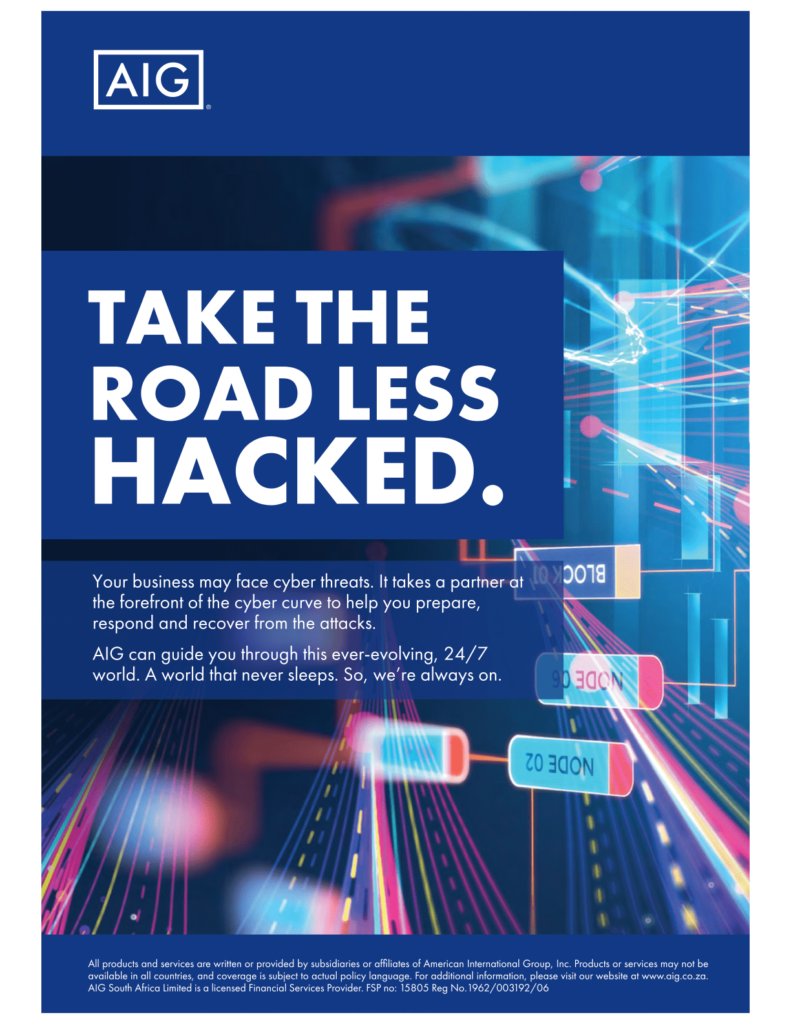Frans Prinsloo, Lombard
Underwriting goods-in-transit (GIT) insurance in South Africa is a tricky and nuanced process. With the high levels of criminality and the poor state of our roads, risk management and technology are playing an increasingly important role in mitigating losses.

GIT insurance is heavily driven by what goods or commodities are being transported, as well as emerging trends in the country – notably criminality and road conditions.
Traditionally with GIT there are a number of items excluded because of their desirability to criminals. These include cell phones (unsurprisingly) but also in-demand consumables such as nappies, tinned fish and sunflower oil.
Other desirable items, such as alcohol, coal and copper, often require armed escorts while they are in transit to ensure cover remains in place.
The state of our roads is another risk that has to be considered.
Poor road conditions are definitely a factor when it comes to GIT risks. A sudden swerve or bump in the road, or harsh braking, can lead to goods shifting while in motion. This leads to breakages or spillage, which in turn can lead to claims.
There are some factors within our control that can help to influence GIT risks to a certain degree.
While there is not much we can do as underwriters about crime and road conditions, there are a number of factors within our control that can influence these risks in a positive way. These include the use of technology, loss mitigation techniques and good relationships.
Technology is a massive enabler – not just through accurate risk exposure measurement and customer risk assessment, but also through the use of block chain to make the process more transparent.
Recording all the steps in the process in the block chain gives everyone access to relevant information at all times. This makes it much easier at claim stage to identify the steps taken, thereby clearly establishing whether or not cover applies.
Loss mitigation is another factor.
Getting to the scene of an accident as quickly as possible is vital to prevent looting. Fleets need to have a response-to-incident service available to them to ensure the load is secured and covered – and their service provider must have access to an operations centre that can quickly mobilise ground forces to the incident.
At the end of the day, it all comes down to relationships.
The better the relationship between client, broker and underwriter, the better the quality of advice and client understanding will be. This leads to accurate pricing, smooth renewals and a hassle-free claims process for all parties.


